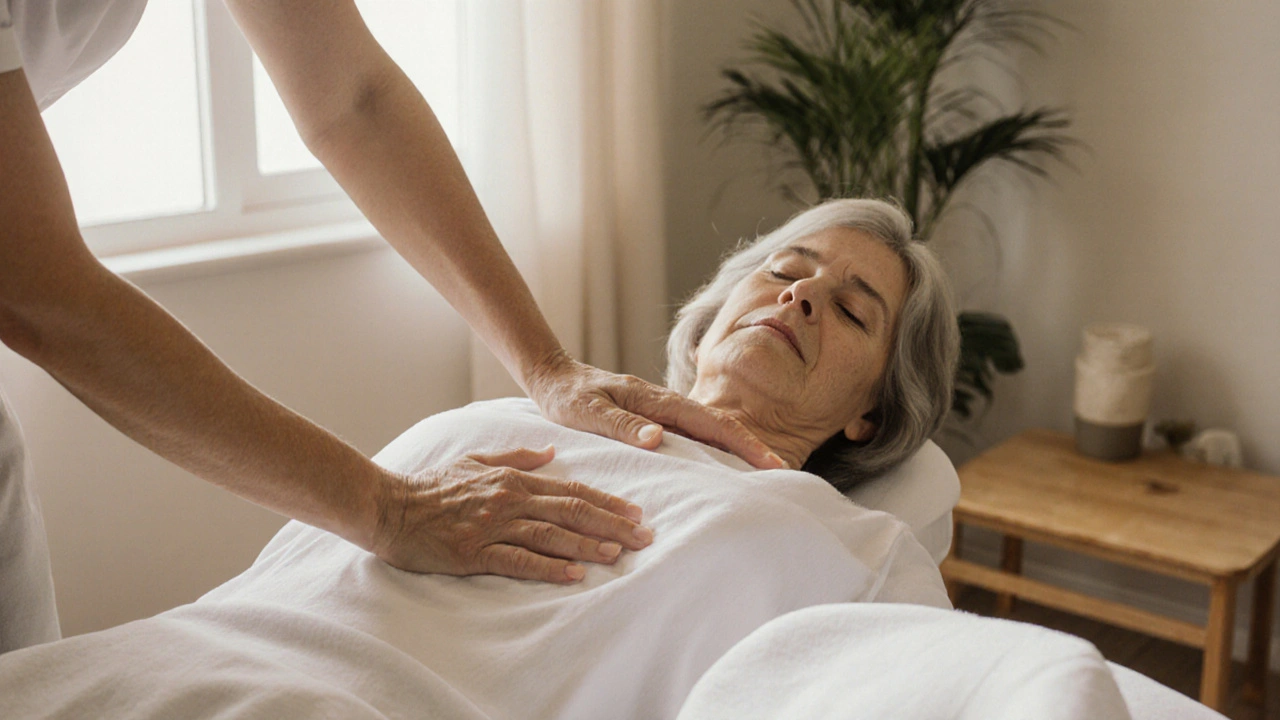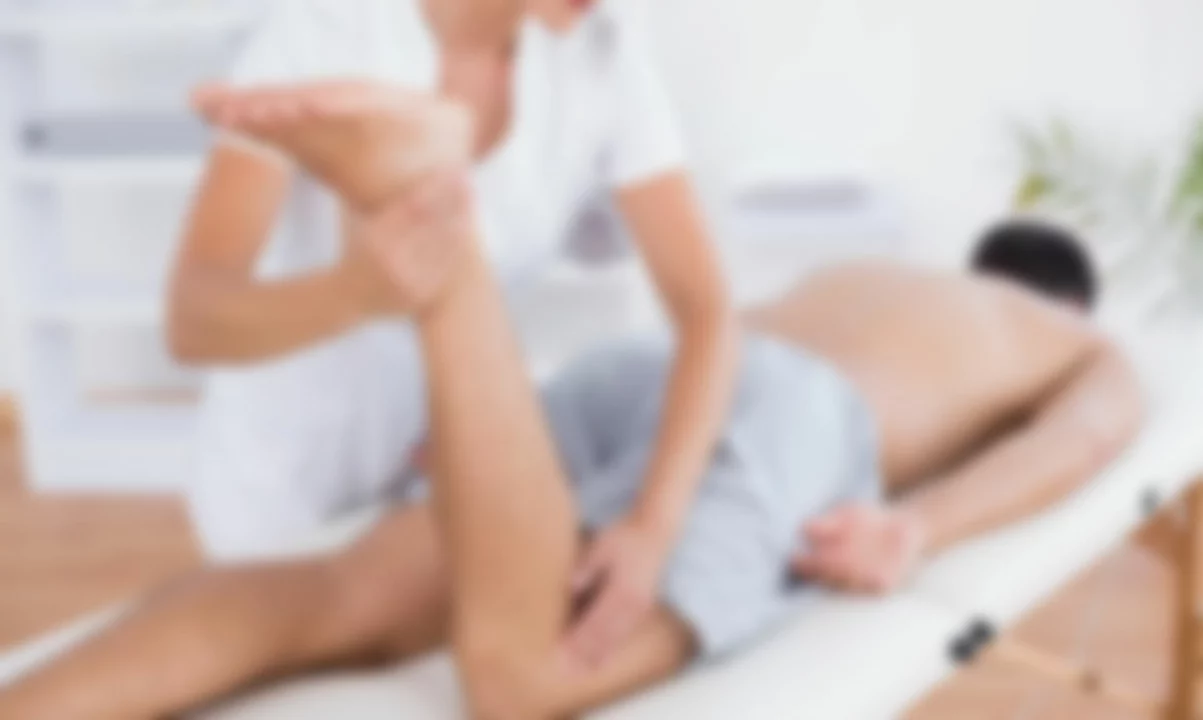Massage Therapy: Real Benefits and Smart Choices
A single 30-minute massage can drop stress hormones, ease tight muscles, and improve sleep. That sounds simple, but many people don’t know which type of massage fits their goals or how to find a safe, skilled therapist. This guide gives clear, practical steps so you get more from every session.
Types of Massage and When to Use Them
Swedish massage is gentle and great if you want relaxation and better circulation. Pick it after a long week or when you’re new to massage. Deep tissue targets stubborn knots and chronic pain by working deeper layers of muscle. Choose deep tissue when tightness or old injuries limit movement.
Sports massage focuses on muscles used in your sport. It helps before or after training to reduce soreness and speed recovery. Trigger point therapy zeroes in on tight spots that refer pain elsewhere — useful for headaches or jaw pain. Lymphatic drainage helps swelling after surgery or long flights. If you’re pregnant, look for prenatal massage specialists trained to adjust positions and pressure safely.
How to Choose a Therapist & Stay Safe
Check credentials: look for licensed massage therapists (LMT) or certified practitioners in your area. Ask about training, specialties, and how many hours they’ve worked with your issue. Read reviews, but focus on specifics — did they fix a shoulder problem or help with post-surgery stiffness?
Before your session, tell the therapist about medical conditions, recent surgeries, medications, or blood clots. If you have a fever, infection, uncontrolled high blood pressure, or deep vein thrombosis, skip the massage and call your doctor. Good therapists will ask health questions and adapt pressure or avoid areas that are risky.
During the session, speak up. If pressure hurts in a bad way, say so. Therapists expect feedback and can change technique instantly. After the massage, drink water, move gently, and avoid heavy workouts for 24 hours if you had deep work done.
Try self-massage between appointments: use a foam roller for calves and quads, a tennis ball for shoulder blades, or your thumbs for small trigger points in the neck. Ten minutes a day keeps tightness from building back up.
How often should you go? For general stress relief, once a month can help. For chronic pain or recovery, weekly sessions for a few weeks work better. Set a clear goal with your therapist — pain reduction, better range of motion, or stress control — and reassess after three sessions.
Massage therapy isn’t magic, but used right it speeds recovery, lowers stress, and improves daily comfort. Pick the right type, choose a licensed therapist, be honest about your health, and stay active between sessions. Book one session and notice the difference in how you move and sleep.

How Massage Therapy Helps Chronic Diarrhea Sufferers
Discover how massage therapy can ease chronic diarrhea by calming the nervous system, reducing inflammation, and supporting gut health, with practical tips and therapist guidance.
Health and Wellness
The Role of Massage Therapy in Managing Amenorrhea
In my latest blog post, I explored the role of massage therapy in managing amenorrhea, which is the absence of menstruation in women. I discovered that massage therapy can help stimulate blood flow to the reproductive organs and balance hormone levels, which may improve menstrual regularity. Additionally, massages can help alleviate stress, a common factor contributing to amenorrhea. I also learned about specific massage techniques, such as abdominal massages and reflexology, that can be beneficial for women experiencing amenorrhea. Overall, incorporating massage therapy into a holistic approach to managing amenorrhea can lead to positive outcomes for many women.
Health and WellnessLatest Posts
Tags
- online pharmacy
- medication
- dietary supplement
- side effects
- online pharmacy UK
- medication safety
- mental health
- impact
- online pharmacies
- dosage
- skin health
- health
- pain relief
- dietary supplements
- massage therapy
- medication side effects
- eye inflammation
- health benefits
- mental health treatment
- thyroid medication




